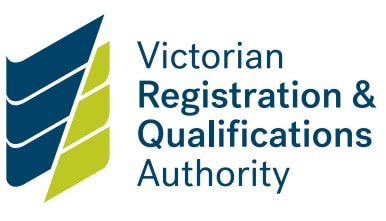About the Standard
This Standard requires RTOs to:
- recognise and respond to diversity
- understand that some children are more vulnerable to abuse than others.
RTOs must ensure that they:
- understand children’s diverse backgrounds, circumstances and needs
- make any necessary adjustments and provide equal protection to all children
- consider the needs of children who are unable to live at home as well as lesbian, gay, bisexual, transgender and intersex children
- pay attention to the needs of non-binary and gender diverse children.
How to comply
An RTO must be able to provide evidence of:
- publicly available policies and procedures designed to be accessible to support children from diverse circumstances
- the steps it takes to include children who are:
- from culturally and linguistically diverse backgrounds
- Aboriginal
- with disability
- unable to live at home
- lesbian, gay, bisexual, transgender or intersex
- how it provides staff and volunteers with professional development to improve their understanding of responding to the needs of children from diverse backgrounds
- meeting agendas and minutes that support the RTO's actions to include children from diverse backgrounds.
Examples of compliance
An RTO complying with this Standard may have:
- policy and procedural documents that clearly communicate the RTO’s commitment to engage and support students from diverse circumstances
- a business plan or strategy that details the RTO’s activities relating to engaging students from diverse backgrounds
- communication resources including website material that shows the RTO's commitment to promoting diversity and equity. For example information about its policies or procedures that is available in:
- a range of different languages
- accessible formats to students, families and their communities
- student support services and resources that encourage or promote students from diverse backgrounds to access vocational education and training.
Updated


